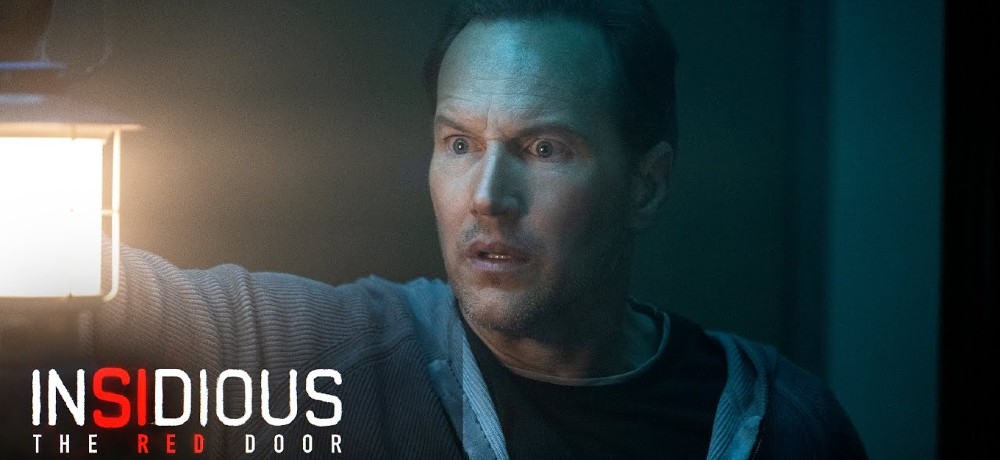


The Insidious franchise has been very economical with its storytelling, with four films that have been tethered together and set across seven decades. Each film has tried to do something new, with varying success, but Insidious: The Red Door goes back to where it started, and horror finally comes back home for the Lambert family.
A quick flashback to the events after Insidious Chapter 2 shows that Josh (Patrick Wilson) and Dalton (Ty Simpkins) have undergone hypnotherapy in order to forget the horrors that they experienced, thereby losing a year’s worth of memories. Fast forward 9 years and the Lamberts are at the funeral of Josh’s mother, Loraine and much has changed during that time: Foster and Dalton are joined by a new sister, Callie and as the boys have grown up, Josh and Renai have grown apart and divorced.
Josh has a stilted relationship with the family, especially Dalton. In order to try and bond, Josh hesitantly agrees to drive Dalton to college. The pair’s fractious relationship reaches boiling point as the pair argue, with Dalton revealing some home truths. Josh leaves upset, but later vows to find out why his mind has been ‘foggy’. Whilst Dalton finds an avenue to his past through art, Josh tries to get to the root of his issues with science. After an MRI reveals that there is nothing physically wrong with him, Josh is encouraged to seek counselling and even play some children’s games. However, one particular game turns dark and Josh also discovers that you can only suppress the past for so long before it comes crashing down around you. As Josh from and Dalton delve further into the past, there is something from ‘The Further’ that is looking to break through into the present.
Insidious: The Red Door blends the storylines, characters and tone of the original two movies really well without falling into the trap of simply remaking them. The story tries to break new ground and deviates away from simply being fan service. The fifth instalment is given a new lease of life by exploring existing characters’ trauma and PTSD – it allows the Lambert family to stay relevant with an original concept that simply doesn’t repeat the previous stories.
Although there are jump scares aplenty, the story takes its time and much of the early film a character study into a father-and-son relationship that has broken down. Themes of past trauma and the stigma surrounding men wanting to seek help for mental health issues are all very prevalent throughout the film, but the themes are allowed to breathe a lot more in the first half of the movie.
As well as the film does with letting the drama play out, it is let down slightly by the rushed climax, which tries to tie up too many loose ends at once. It is also hindered by the fact that there are too many demonic and lost souls who make an appearance, so jump scares are used in place of building tension, fear, and dread, which is something the first two films did very well.
Insidious: The Red Door goes out on a high (if this is in fact the last instalment), and even though it doesn’t reach the levels of the first two movies, it is a fitting entry in the franchise and an accomplished job by first-time director Patrick Wilson.
Movie Score: 3.5/5